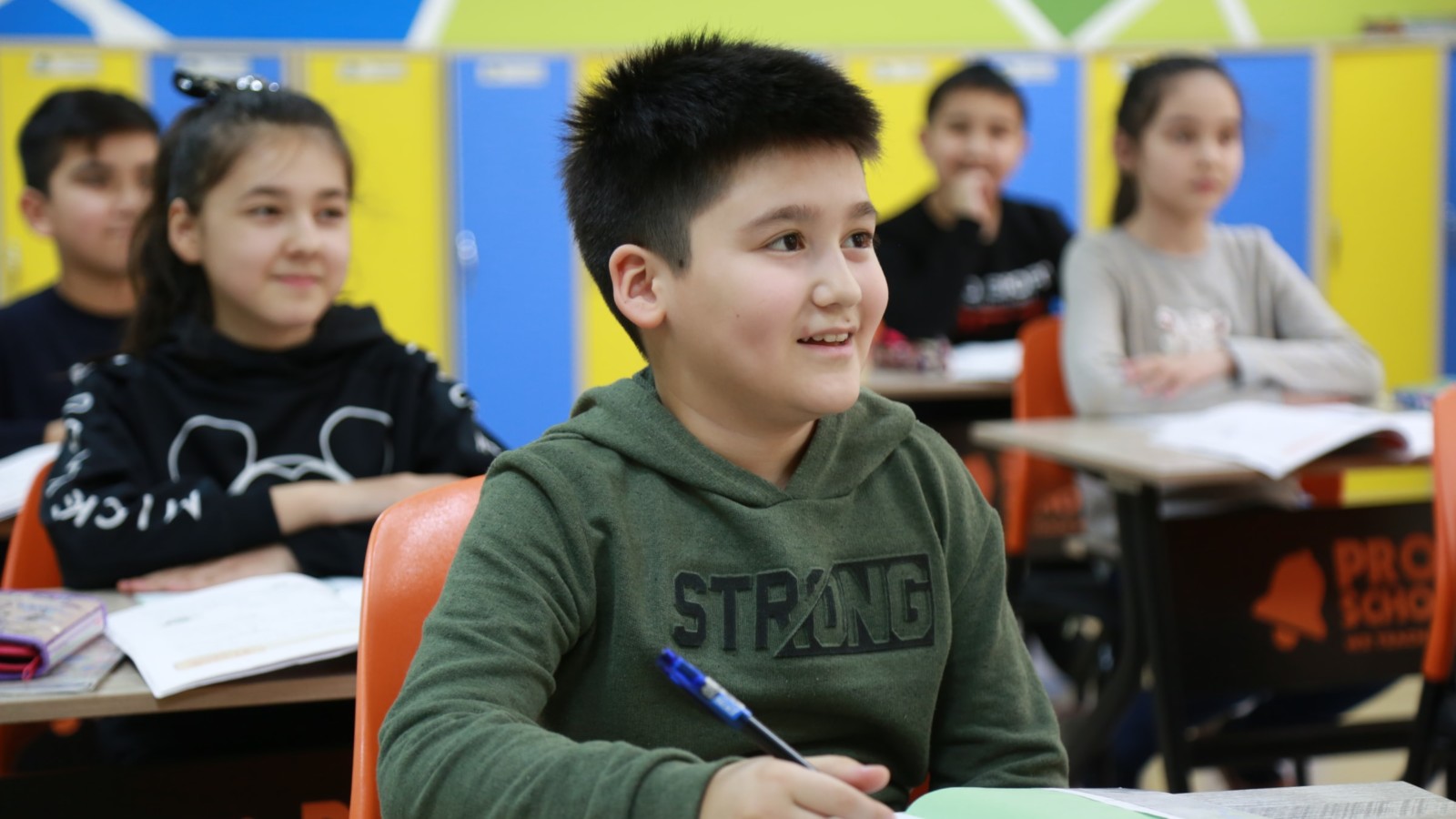When the pandemic struck, our school implemented a full schedule of synchronous instruction. Students in Grades Three through Eight were on Zoom with their instructors from 8:00am-4:00pm daily. Our youngest students were engaged in 60–90-minute intervals when it came to reading, math, and phonics. We ran reading and math interventions, small group rotations, and kept up with speech and language pathology. We did everything and anything to stem learning loss.
But, when summer school came around this year, and we were able to have a significant number of students back on campus for in-person learning, we realized that even with our highly robust academic endeavors, the learning gap still reared its ugly head.
This left me wondering what would happen in a school community whose remote learning schedule was half of ours. Some nearby districts were engaging students as little 40-minutes per day. Where does that leave those children come the beginning of the school year?
In an unprecedented situation like this, simple and straightforward is best. For teachers, for kids, and for parents.
The best first step that any school can take is to approach this upcoming year realistically. It’s going to be different. Hopefully, not school closure-different like its predecessor, but different in terms of how we launch into curricular goals. Material from the previous year, in its entirety, needs to be reviewed, even retaught. It shouldn’t be a point of contention between teachers from one year to the next. Nor should it be water cooler fodder. Everyone did what they could last year during a challenging situation. We evolved then in our approach—and, we can evolve now.
Content from last year can be easily woven into concepts for the year to come. We usually review multiplication facts before we move onto long division. We don’t teach compound sentences without reviewing subjects and predicates first. So, think of the start of this year as a longer, more drawn-out version of your usual remedial routine. We’ll still be able to catch our students up to where we normally would expect them to finish out the year, but we need to be far more deliberate in our approach, maximizing every minute of every class period with content, intervention, and student-driven collaboration.
From there, it’s a necessity to go “old school,” making certain that student work is being completed pen-to-paper. Administrators are still determining the safest way to collect and assess student work (SeeSaw was a lifesaver in remote learning and can easily remain a classroom cornerstone once everyone is back in person). But, that digital domain shouldn’t stand in the way of students writing rough drafts on paper and going through the traditional editing process once or twice before revised narratives are typed into GoogleDocs. Students shouldn’t complete all Math problems in their heads, instead putting their computational process down on paper to see each step outlined. Information retention occurs when we engage multiple modalities. Listening and looking are great but add in that tactile component to better help information stick.
Finally, don’t underestimate the value and power of community. Relationships between teachers and parents were fortified during the pandemic. Teamwork thrived—maybe out of survival. Nonetheless, bridges were formed that led to parents and guardians having a profound understanding of what it takes to be successful when it comes to educating the minds and hearts of our students.
Let’s not let that evolution falter. Capitalize on the eagerness of parents to keep their kids on track. Create a plan for at-home learning that doesn’t feel toilsome for students or arduous for parents. Send home multiplication flashcards for a quick after dinner refresh. Vocabulary word walls that can be affixed to bathroom mirrors. Journal prompts with different grammatical focuses. Learning shouldn’t go back to the silo of a classroom’s four walls. We can make major strides in overcoming learning gaps by utilizing our parent community with intention.
It’s not going to be easy, but neither was the last 18 months. Yet, we survived. We made it. And, we will make it through the first weeks of the upcoming school year, even months if that’s what it takes, to reintegrate back into the normal we craved so desperately at this time last year. We just need to take things one day, one subject, one lesson at a time.
We can do hard things.


